While there are many property bargains to be had in Italy, prices are notably higher in coastal areas. Not only do many Italians own a second home by the sea, but these areas are of course very popular with overseas holiday home buyers.
- Escape from the city: These are the 21 cheapest Italian provinces to move to
- Could Italy's abandoned villages be revived after the coronavirus crisis?
- Demand rises for homes in the Italian countryside during lockdown
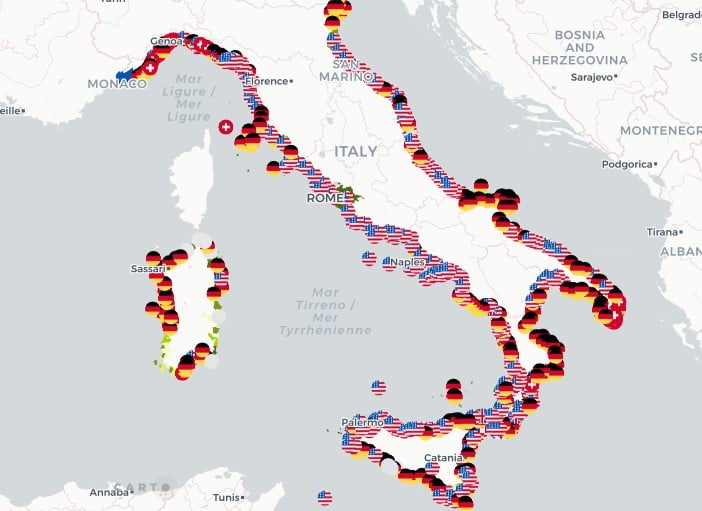
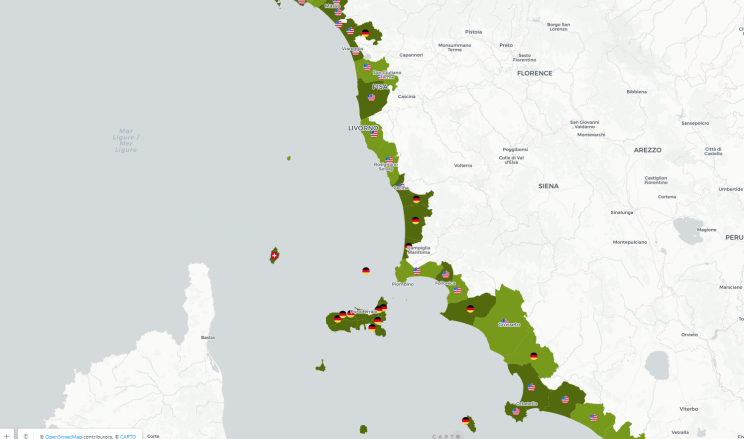
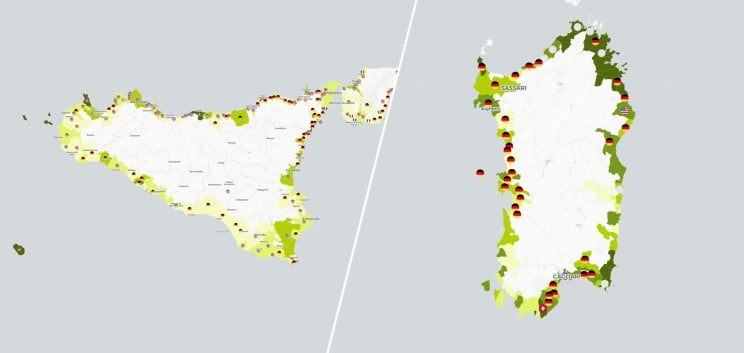
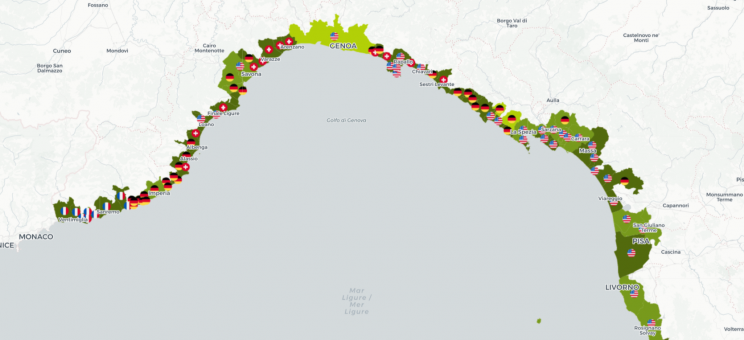
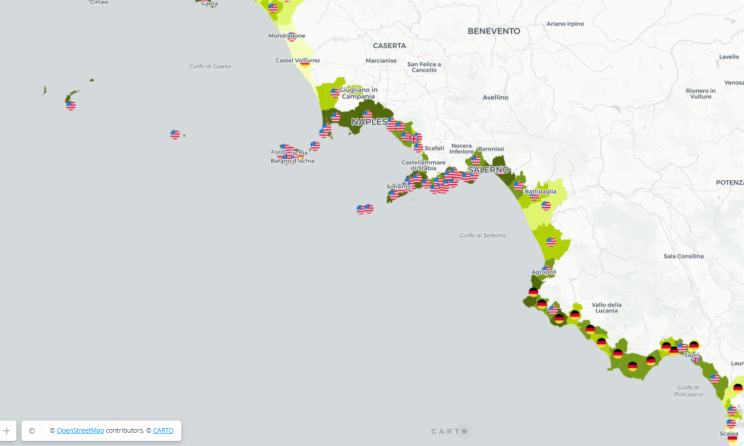
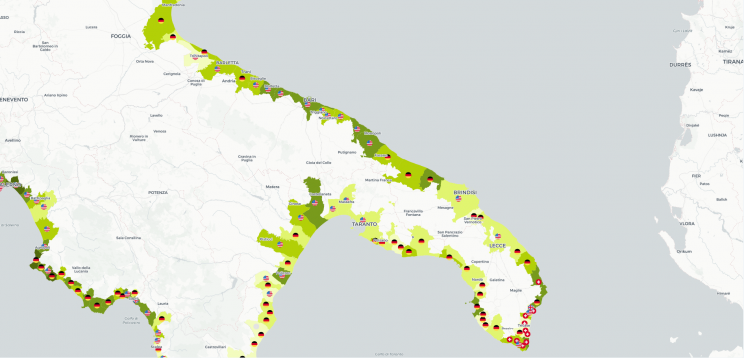


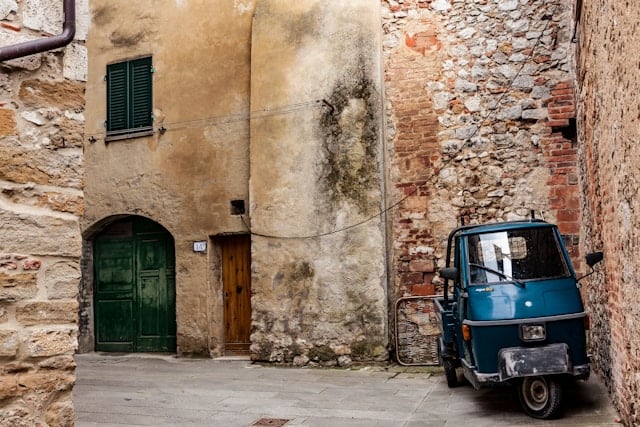
 Please whitelist us to continue reading.
Please whitelist us to continue reading.
Member comments